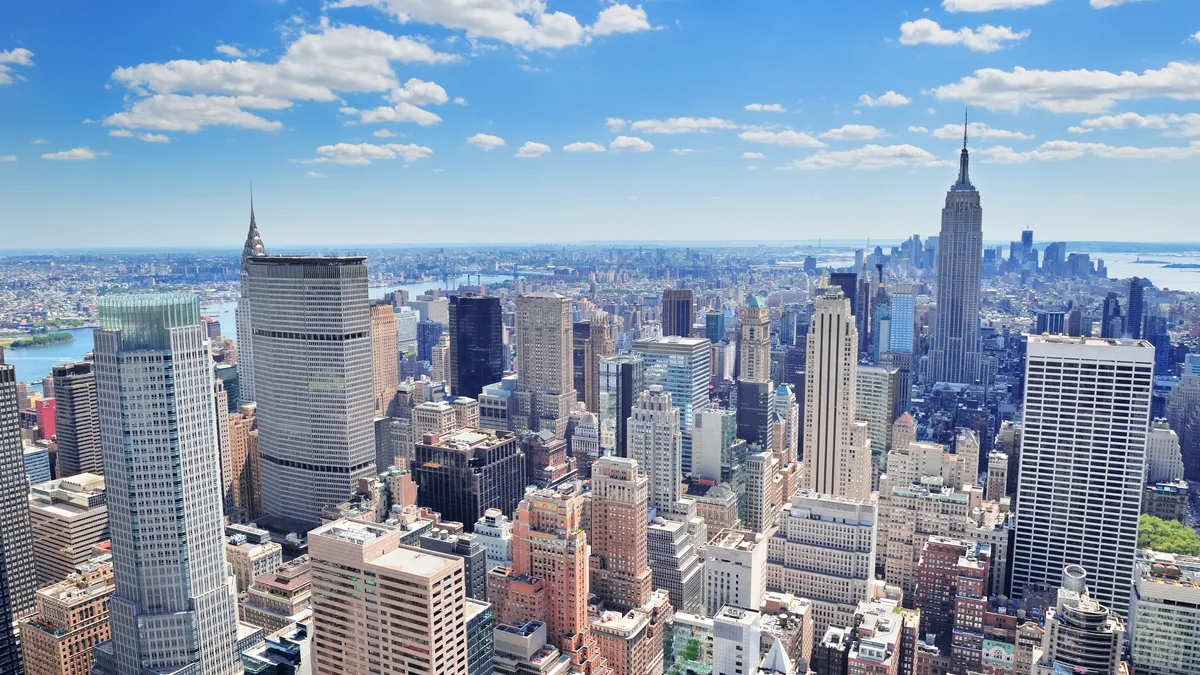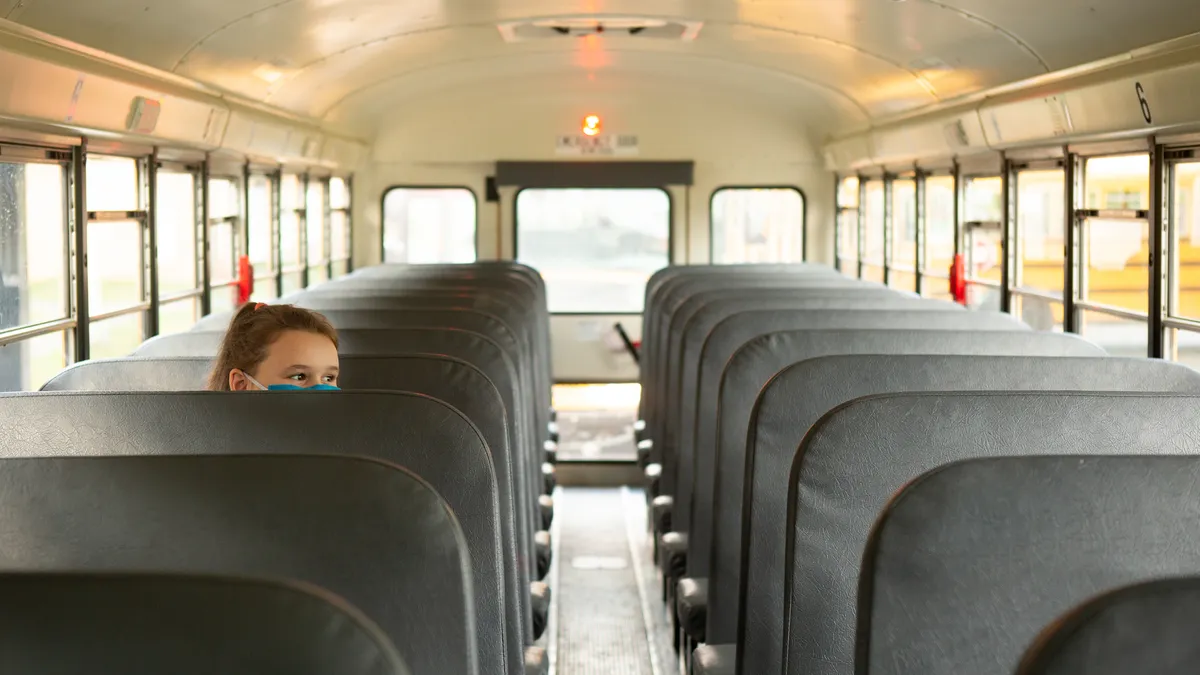Dive Brief:
- Eight students are investigating the systems in New York City that have divided them by race and class in a season of the podcast "Miseducation," reported, written and recorded with The Bell.
- Despite being among the most diverse cities in the U.S., New York City's school admission policies fortify a system of segregation, experts say. Middle schools screen students by test scores and attendance records, and black and Hispanic students are clustered in low-scoring schools plagued by attendance problems, so they rarely make the cut.
- Though New York City students are free to apply to any high school, the process rivals that of elite colleges, with costly essential prep classes for high-school entrance exams, and the better high schools cherry-picking the highest scorers, who are almost always white or Asian students coming from the top middle schools. Mayor Bill de Blasio suggested Sunday, however, that changes are on the way.
Dive Insight:
It's been more than six decades since Brown v. the Board of Education, but school segregation is in the headlines on a daily basis. Schools have been moving back towards segregation in recent years. Nearly half of all African-American children attended majority white schools in 1988, which represented the pinnacle of desegregation in the U.S.
But in 2016, a Government Accountability Office report showed the number of African-American and Hispanic students in segregated schools to be rapidly climbing. According to that report, the number of high-poverty schools serving primarily African-American and Hispanic students more than doubled between 2001 and 2014. Throughout the country, schools are nearly as segregated as they were at the time of Brown v. the Board of Education decision.
This resegregation has been happening "behind the scenes," amid all the noise over standardized testing and implementing the Common Core. But recently the topic is dominating education policy discussions, partly due to the larger American focus on racism and inequality.
Over the past few decades, school districts have, one after other, seen their court-ordered desegregation orders expire. Since the beginning of the 21st century, hundreds of orders have lapsed, and virtually none have taken their place.
With New York City being one big exception, the situation is becoming severe in the South. Because districts there are often large, encompassing entire counties, it's hard not to have a diverse mix of students. But of late, some districts in the South have been breaking into smaller territories, due in part to predominantly white neighborhoods and towns "seceding" to form their own districts. Meanwhile, in other regions of the south, state governments are splintering large districts.
The growth of charter schools, many of which are highly segregated, is another factor, and is the reason why some are now taking steps to become intentionally diverse. But housing patterns, experts agree, are the biggest barrier standing in the way of integrated schools. Segregated neighborhoods — due to zoning laws, racial steering, and other factors — will have segregated schools within them. It's hard to get around the facts that urban — and many suburban —neighborhoods in the U.S. are quite racially homogenous, and that children, especially the youngest ones, can't travel great distances alone to get to school. Experts largely see efforts to integrate schools doomed without integrating residential neighborhoods as well — a challenge that goes far beyond education.







 Dive Awards
Dive Awards





